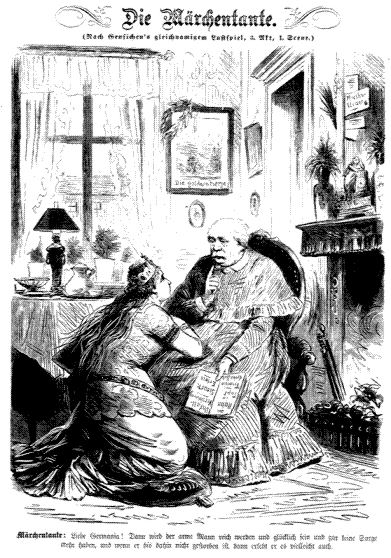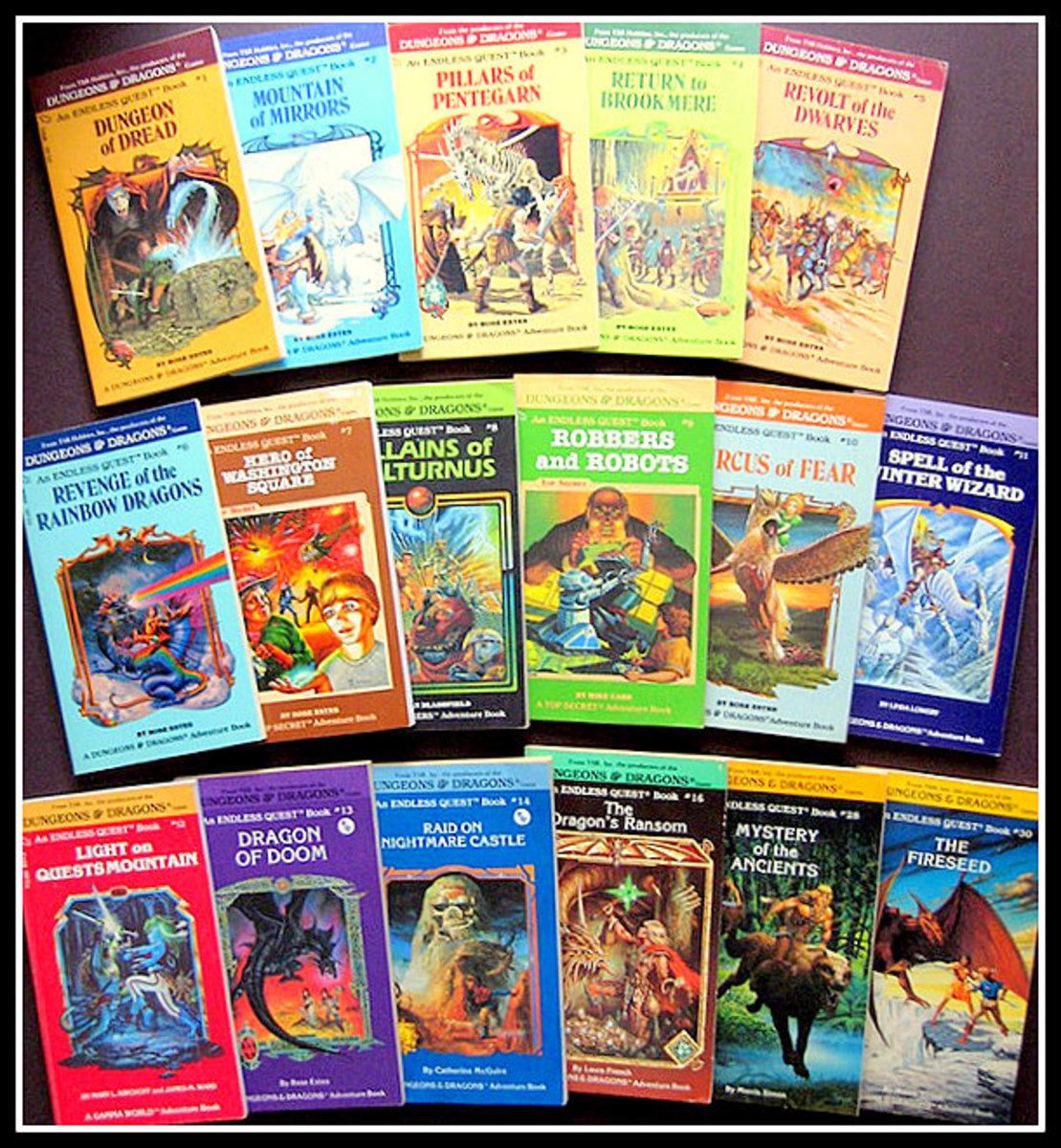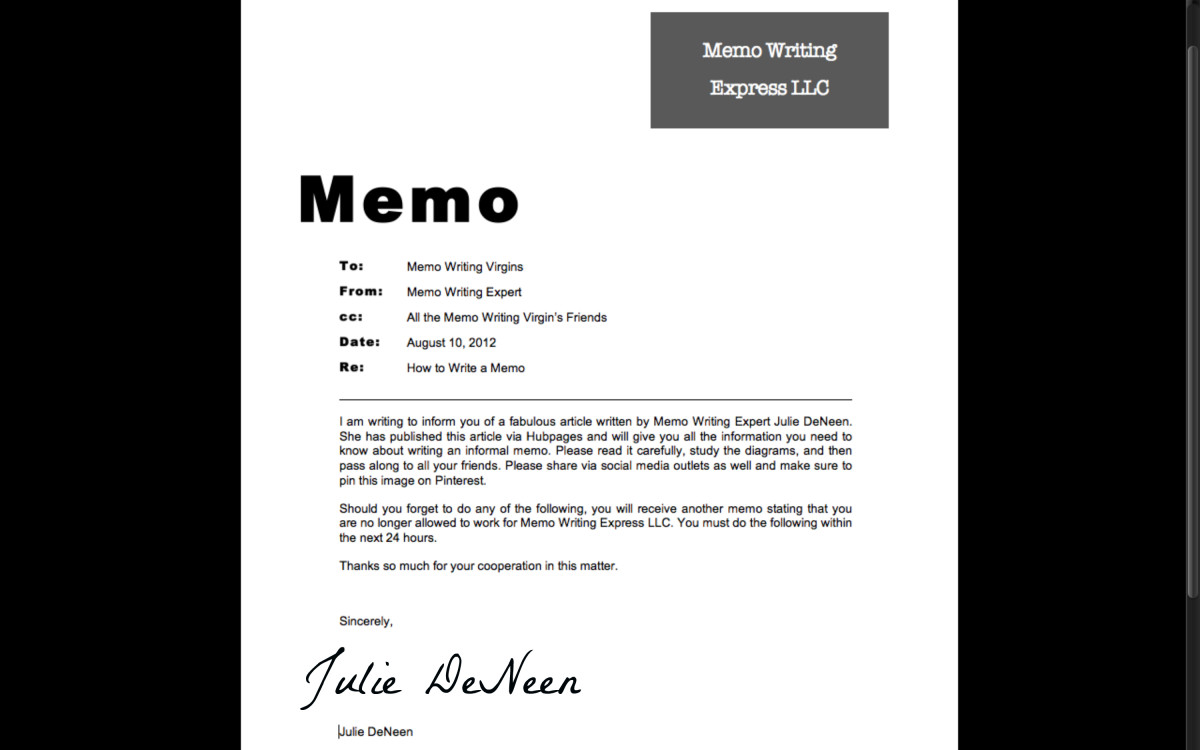How to Write Backstory
Leave Something to the Reader's Imagination

The Great Debate in Fiction Writing
Writing fiction is a craft, a difficult one. For a new author the idea seems simple: tell a story. But it's not simple, because telling a story presupposes that you want someone to read it. And the way to capture a reader and to keep that reader turning pages for more, is to follow some rules.
If there is one rule that writing pundits all seem to agree on it's this: cut down or eliminate backstory.
What is backstory? Simply said, it is the background of a story, behind which lurks your main characters or your plot. It tells the reader what's behind the scenes and what makes your characters tick. If the hero of your story is a courageous homicide detective, a backstory may include his military honors, his accolades, and maybe scenes from his youth that led him to a life of heroic actions. But all this stuff can also slam the brakes on a reader, cut down on the action, and interrupt the flow of your story

Agents and Editors Hate Backstory
There I said it. They hate it. They don't just prefer not to see it, they hate it.
The reason they hate it is that the pitching author tags himself right upfront as a newbie, a writer who doesn't trust his voice, and who believes that he has to tell the reader everything that's on his mind, all the stuff that propelled him to write the book, and what led him to form the plot and the characters.
Backstory violates the cardinal rule of fiction writing: SHOW DON'T TELL. When you drown the reader with backstory, you're telling her that you don't trust her to figure out things for herself. Instead of showing the reader what the hero does, you're more concerned that the reader knows WHY the hero is doing these things.
The hero of my first novel was a woman captain of a Navy ship. In the first few pages, the ship gets into trouble, big trouble. The hero swings into action and does all sorts of heroic stuff. So far so good. But then I put on my newbie hat. I figured I better let the reader in on what I knew about the good captain.
So right there, in the third chapter beginning on page 16, I wrote a biography of the captain. I told the reader where she was born, where she went to school, her parents names and occupations. I then went on to write about her early heroic activities in high school, and how she saved a soccer teammate from being picked on. Get it, dear reader? This chick's a hero, and here's why. I then went into her first marriage, which ended when her husband, a Marine major, was killed in battle. I also told the reader all sorts of things about her late husband and why she loved him. I even wrote about her early naval career and how her previous assignments prepared her for the struggles she would encounter in this book.
Oy vey.
It was fortunate that, as I was writing my first novel, I also studied up on the craft of writing fiction. That's when I discovered how much agents and editors detest too much backstory and why. I read articles and books on writing and I listened to lectures.
The consensus was pretty unanimous: ditch the backstory. Hemingway once said that there is no such thing as writing, only rewriting. So as I went back to my manuscript for the first rewrite, I took the advice of the writing pundits and simply took out the backstories. Yes, I took them out. To make it easier emotionally, I put them into a separate document entitled, "backstories," rather than just delete them.
It pained me. I was so proud of my backstories, especially the one about the captain, but I took them out. Oh, did I mention that she was born in Elizabeth New Jersey, the birthplace of Admiral Halsey, and that her family moved to Whitestone, Queens when she was 14? Out.
So what happened? The pundits were right. The story now had a tempo, a forward motion, a reason to turn the page.

But Can't I Tell the Reader Anything?
Of course you can, and you should, but you should do it in a way that doesn't take away from the pace of the story. One way to do this, perhaps the best way, is to work the backstory into the scenes. So in place of my exegesis on my hero's lost love, I had her mention in a scene that her husband was killed in Afghanistan in 2008. In another scene I had her tell a friend that she stopped some girls on the soccer team from bullying a homely girl, an important set up for a later scene. But I worked it into dialog, rather than yackity yacking all about the captain's past in a show stopping mess of backstory.
The New Age of Fiction Writing
We have become readers attuned to visual images. We've gotten this way from movies and TV. Imagine, rather than the great opening scene from The Godfather, where the undertaker is asking Don Vito to whack some thugs who raped his daughter, we had instead a guy talking about the mob and how Vito Corleone came to be what he is. No, we learned that throughout the saga, in bits and pieces.
In The Great Gatsby, Fitzgerald wrote a lot of backstory about the hero Jay Gatsby. But that was a different time. Now, when we read, we often visualize a Hollywood star as the character in the book, and we learn about the character as he talks and performs actions.
To summarize, don't write too much backstory, but when you do, work it into scenes and dialogue. And don't spill the beans too early.
Russ Moran, the writer of this article, is the author of three novels in a series, in which he hopes he used subtlety in adding backstory. The Gray Ship, The Thanksgiving Gang, and A Time of Fear.
Copyright © 2014 by Russell F. Moran








